Reviewed by Melissa Arnold
Whenever a new president arrives at the gates of the White House, much attention is given to all the members of the First Family, pets included. This year, all eyes have been on President Biden’s two German shepherds, Champ and Major. Major holds the special honor of being the first presidential pet rescued from an animal shelter.
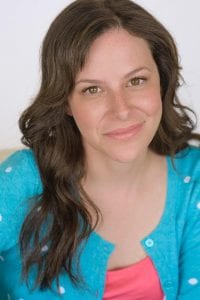
Jamie Silberhartz has had dogs her whole life, from her childhood on Long Island to her busy life now as a California actor and mom. She also has a passion for helping dogs get out of shelters and into their forever homes. Silberhartz and her longtime friend Erica Lee were touched by Major’s story, and set out to write a tale of their own for kids.
In Major: Presidential Pup, the dog tells his rags-to-riches story in his own words, sharing the adoption process and a message of kindness. Coupled with realistic, sweet illustrations by Tran Dang, this book should be well-liked by young animal fans.
I recently had the opportunity to interview Silberhartz about her new children’s book.
What was your childhood like? Did you grow up on Long Island?
I lived on Long Island for my entire childhood! I was born and raised in Stony Brook and graduated from Ward Melville High School in 2000. Long Island is the most beautiful place in the world. I have so much love for it.
What did you want to do when you grew up, and what did you end up doing for work?
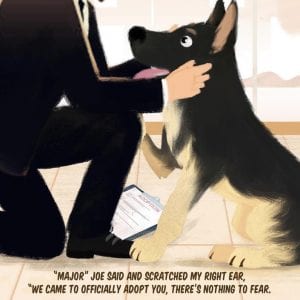 I always really enjoyed writing as a child — I loved writing stories and poetry. I went to Emerson College in Boston, where I studied writing and acting, but I mostly focused on screenwriting for TV and movies. Emerson has a Los Angeles program, so I was able to move out to California right after I graduated. Acting has been my main profession since college, mostly doing commercials and television shows. I’ve been on shows like “Dexter,” “Without a Trace,” “Private Practice” and “Criminal Minds.” I also did one of the first ever Web-based series for the show “Lost” on ABC. The writing side really took a back seat until recently.
I always really enjoyed writing as a child — I loved writing stories and poetry. I went to Emerson College in Boston, where I studied writing and acting, but I mostly focused on screenwriting for TV and movies. Emerson has a Los Angeles program, so I was able to move out to California right after I graduated. Acting has been my main profession since college, mostly doing commercials and television shows. I’ve been on shows like “Dexter,” “Without a Trace,” “Private Practice” and “Criminal Minds.” I also did one of the first ever Web-based series for the show “Lost” on ABC. The writing side really took a back seat until recently.
I imagine the pandemic has been tough on you as an actor.
Yes, it’s been interesting. Fortunately, it did give me time to write a lot more, which wouldn’t have happened if not for the pandemic. Hollywood shut down briefly, but they were considered essential workers in this area. I’ve been home writing and spending time with my two girls, who are 7 and 3. It’s so lovely. We were doing “Zoom school” for a long time — bless all of our teachers! It was also great to have my older daughter around to bounce ideas off of in real time while we were writing this book. Some things you write might not make sense to a child, so that feedback was really great.
Have you always been an animal lover? Have you had pets of your own?
I grew up with Labs. My parents were big lovers of animals and they shared that love with me from an early age. A close friend of our family had a pit bull rescue when I was younger, and they were just big, lovable babies. But it wasn’t until I moved to LA that I actually set foot in an animal shelter. The shelters here are always full, and many of the dogs are owner surrendered. The pandemic has brought out both sides of that situation — some people lost their jobs and felt they could no longer support their dogs, while others saw being home more often as the right time to adopt a dog.
Is this your first book? What inspired you to write this book?
Yes, it’s our first book! At the heart of it is dog rescue … I’ve been involved with dog rescues here in LA for a long time now, helping to get dogs out of shelters and raising awareness that you can adopt any kind of dog you want. We have a huge population of homeless dogs out here that end up in shelters and in bad situations.
I had read about Joe Biden fostering and adopting a dog, and then when he won the presidency, that this dog who was brought off the streets as a sick puppy was going to the White House. I thought it was such a cool story with a great message about how you can rescue any dog. It’s also a metaphor for being able to accomplish anything. I thought it would be great for more people to hear Major’s story.

Tell us about your co-writer, Erica Lee.
Erica is a movie producer that has also never written a book before. She’s produced all the “John Wick” movies along with many others. She and my husband grew up together in Florida, and we’re very close. We both have rescues of our own and loved hearing about Major.
We are constantly brainstorming together, and we thought it would be great to show his story from the beginning, along with the whole process of fostering and adopting from start to finish. Our president had to take all of the same, normal steps that anyone else has to take when they decide to adopt a dog, and that’s pretty cool.
Many presidents have had dogs or other pets. Was there something particular that drew you to Major?
There have certainly been a lot of presidential pets, and I’ve known and loved them all! They are my own favorite “celebrities.” But there was something about Biden having these big, delicious puppies living a pretty normal life in Delaware.
It was easy to picture them just hanging out, and when Biden was vice president, he would give out little German shepherd stuffed animals. I feel like we know more about Major and Biden’s other dog, Champ. We’ve seen so many pictures of them through the explosion of social media in the last decade.
What was the writing process like for you? Did it take a long time?
When we first started the book, it was totally different from the finished product that’s out now. None of it rhymed. I love reading things that rhyme, and my kids really enjoy that. As someone that oversees stories as they’re being written, Erica was great about identifying lines that weren’t necessary and we each had a part to play.
It was a pretty fast process. We started writing at the end of November 2020 and the book was published on Feb. 10. We self-published because we wanted to keep costs down in order to donate the profits. We also wanted to move quickly to capitalize on the recent inauguration — traditional publishing can take quite a while. Our hardcover publisher was IngramSpark, and we used Amazon for paperback.
 Who illustrated this book? How did you connect?
Who illustrated this book? How did you connect?
Our illustrator, Tran Dang, lives overseas. We found her online through the website Fiverr, where we were able to look at some of her other work. It was important for us to work with another woman and for this project to be an all-girl crew, and we just loved her stuff — she’s done a lot of projects with animals that were so sweet. She did an amazing job.
What was it like for you to see the finished product?
It was incredible. Seeing our story come alive exactly how I pictured it was the coolest feeling, and so exciting,
What is the target age group for this book?
I would say that it’s best for kids ages 4 to 8.
What do you hope kids will get out of reading Major’s story?
One of the main themes is that Major isn’t like anybody else; he’s just himself, and his family loves and accepts him just as he is. He leads with kindness. I hope kids read this and know that they don’t have to be someone they’re not, as long as they are kind and try to make the world better.
How are you using your book to support animal welfare?
All of the proceeds from this book are going to benefit dog rescues in Los Angeles, including Dogs Without Borders. I have two dogs of my own from there. We’re not making any profits for ourselves at all. Depending on how the sales go, we would be interested in supporting rescues in other parts of the country, including the wonderful organizations on Long Island. Our main goal is to see more dogs getting out of shelters and into homes. We use the social media pages for the book to promote local dogs in need of homes as well — that’s actually led to a few adoptions already, which is exciting.
How can people get involved with helping dogs in their area?
Aside from adopting and volunteering with local groups, many places are always looking for dog beds and food. I like to donate old comforters. That’s a great way to help out.
Are you thinking about writing more books in the future?
For sure. I’m finishing up a screenplay right now, and looking forward to writing more books about dogs and supporting more shelters and rescues!
 Major: Presidential Pup is available at Book Revue in Huntington and online retailers including Amazon and Barnes & Noble. To keep up with Jamie and Erica, their book and animals in need, visit http://linktr.ee/MajorPresidentialPup.
Major: Presidential Pup is available at Book Revue in Huntington and online retailers including Amazon and Barnes & Noble. To keep up with Jamie and Erica, their book and animals in need, visit http://linktr.ee/MajorPresidentialPup.


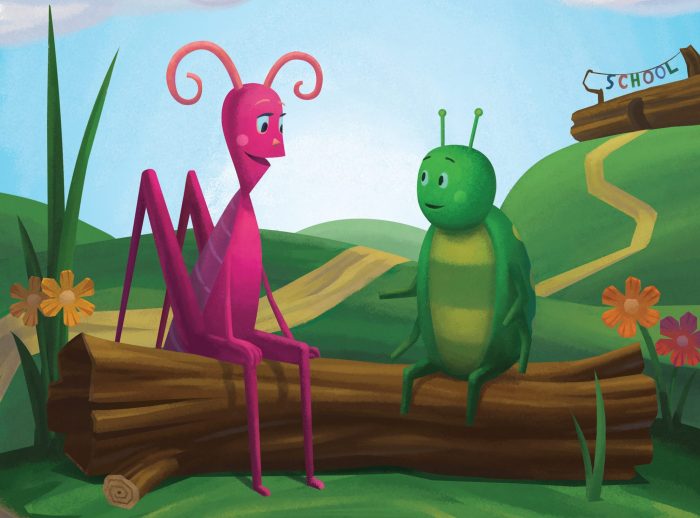
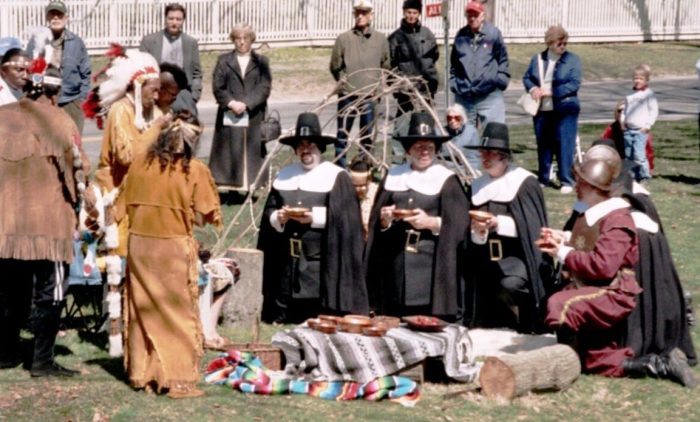
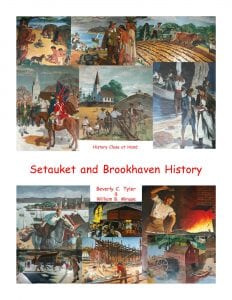
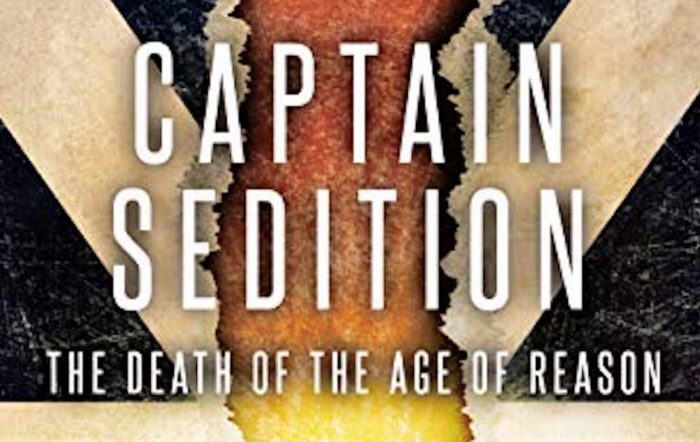
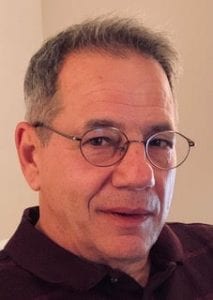
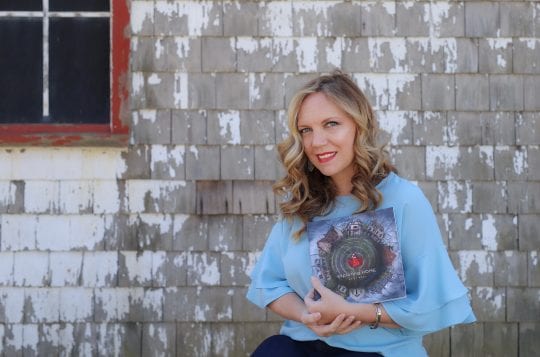

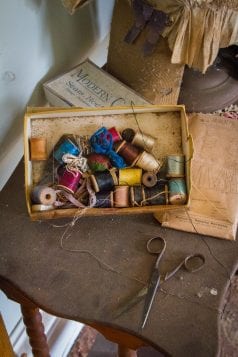
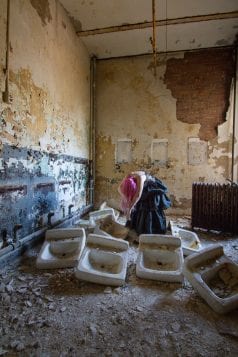
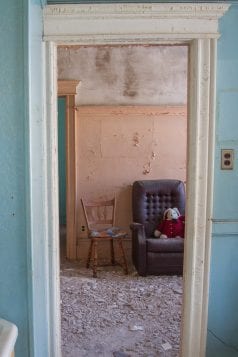
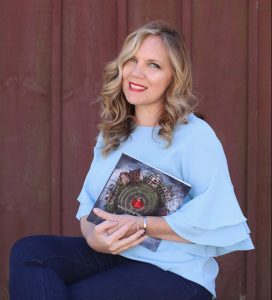
 Each will speak differently to the individual viewer. On a personal level, these moments demand attention:
Each will speak differently to the individual viewer. On a personal level, these moments demand attention: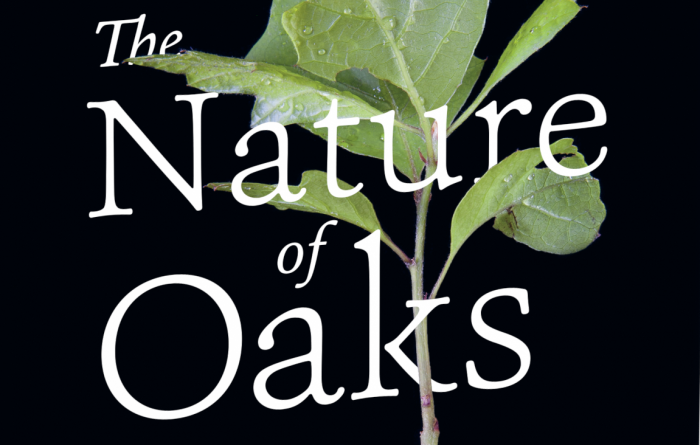

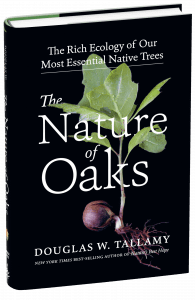 But it’s live oak leaves, Tallamy explains, where the value of oaks come into full focus. More than 500 species of butterflies and moths feed on oak leaves, including many geometrid caterpillars (or inchworms as we learned in our childhoods). Many hundred more other insect species eat oak leaves (or tap into the sap of oaks too), including leafhoppers, treehoppers, and cicadas, among others. These leaf-eating species, in turn, sustain many dozens of songbird species we love to watch — warblers, orioles, thrushes, wrens, chickadees, grosbeaks and more.
But it’s live oak leaves, Tallamy explains, where the value of oaks come into full focus. More than 500 species of butterflies and moths feed on oak leaves, including many geometrid caterpillars (or inchworms as we learned in our childhoods). Many hundred more other insect species eat oak leaves (or tap into the sap of oaks too), including leafhoppers, treehoppers, and cicadas, among others. These leaf-eating species, in turn, sustain many dozens of songbird species we love to watch — warblers, orioles, thrushes, wrens, chickadees, grosbeaks and more. 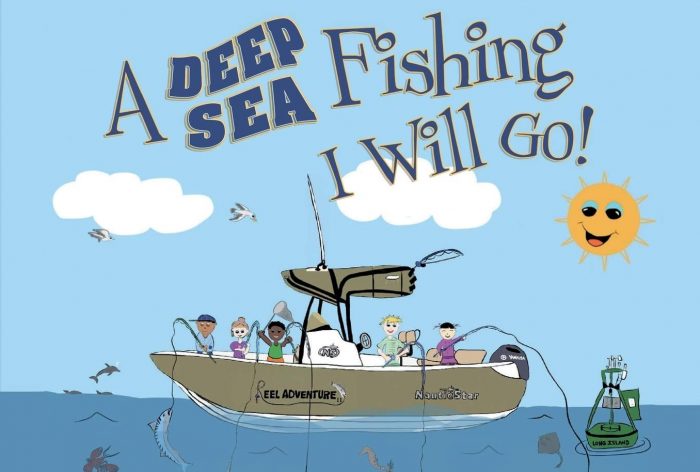
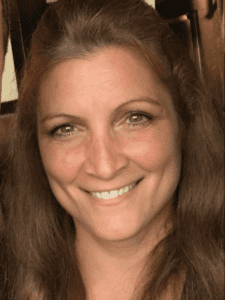
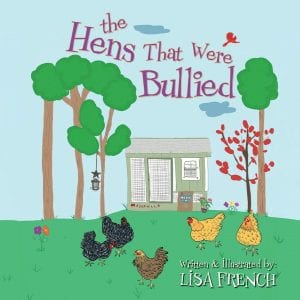 Where do you get your inspiration?
Where do you get your inspiration?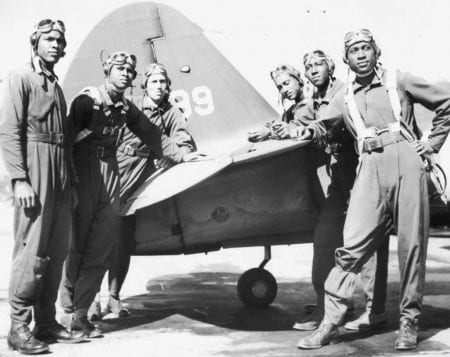
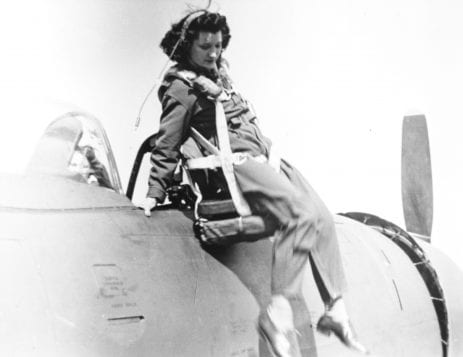
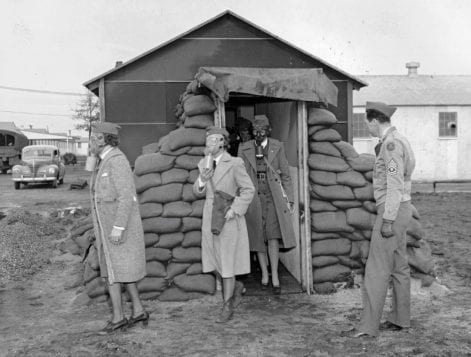
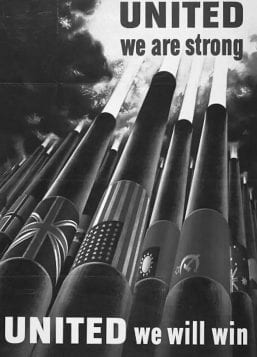
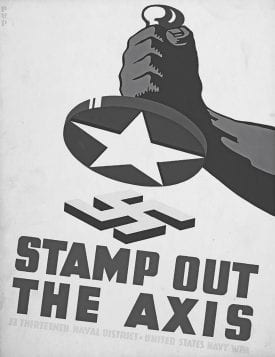
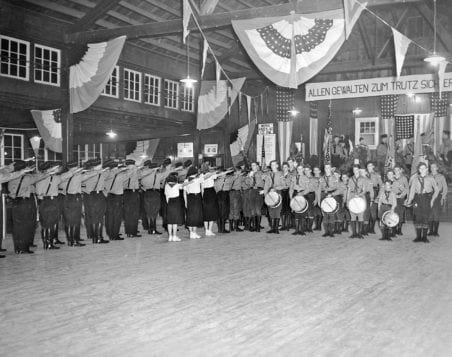
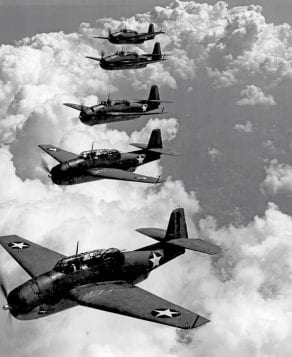

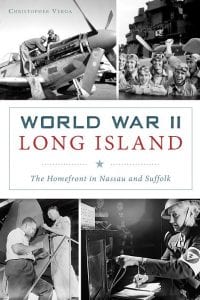 Much of the book covers the shift that came with the bombing of Pearl Harbor on December 7, 1941. The attack spurred civilian involvement along with unification behind the war effort. He documents the early failures and gradual shift to competency in air raid drills across the Island. This example also emphasizes the growing cooperation between the military and non-military populations.
Much of the book covers the shift that came with the bombing of Pearl Harbor on December 7, 1941. The attack spurred civilian involvement along with unification behind the war effort. He documents the early failures and gradual shift to competency in air raid drills across the Island. This example also emphasizes the growing cooperation between the military and non-military populations.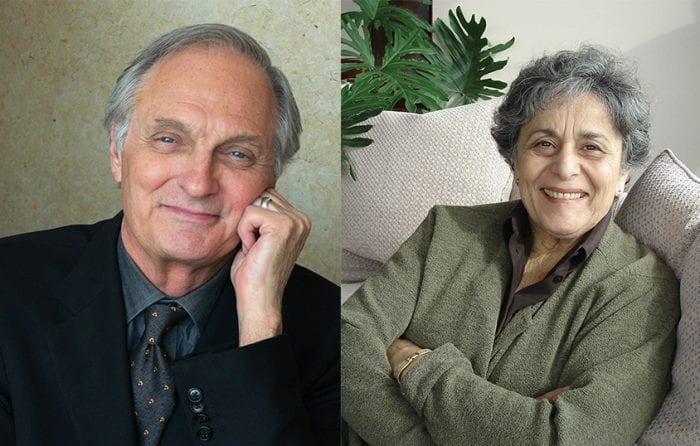
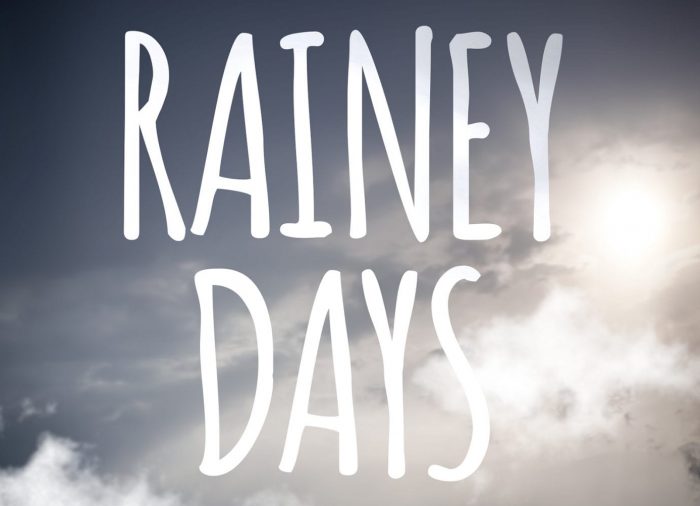
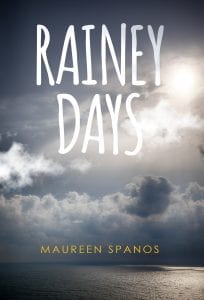 Troy’s presence has always been a negative force, and incarceration has made him both bitter and dangerous. Now, he has concocted a murder and kidnapping scheme based on a chance encounter at a service station. Once set in motion, he recruits Mac, a former prison mate, to facilitate the latter part of the crime. Troy forces Lorraine into taking part:
Troy’s presence has always been a negative force, and incarceration has made him both bitter and dangerous. Now, he has concocted a murder and kidnapping scheme based on a chance encounter at a service station. Once set in motion, he recruits Mac, a former prison mate, to facilitate the latter part of the crime. Troy forces Lorraine into taking part:


